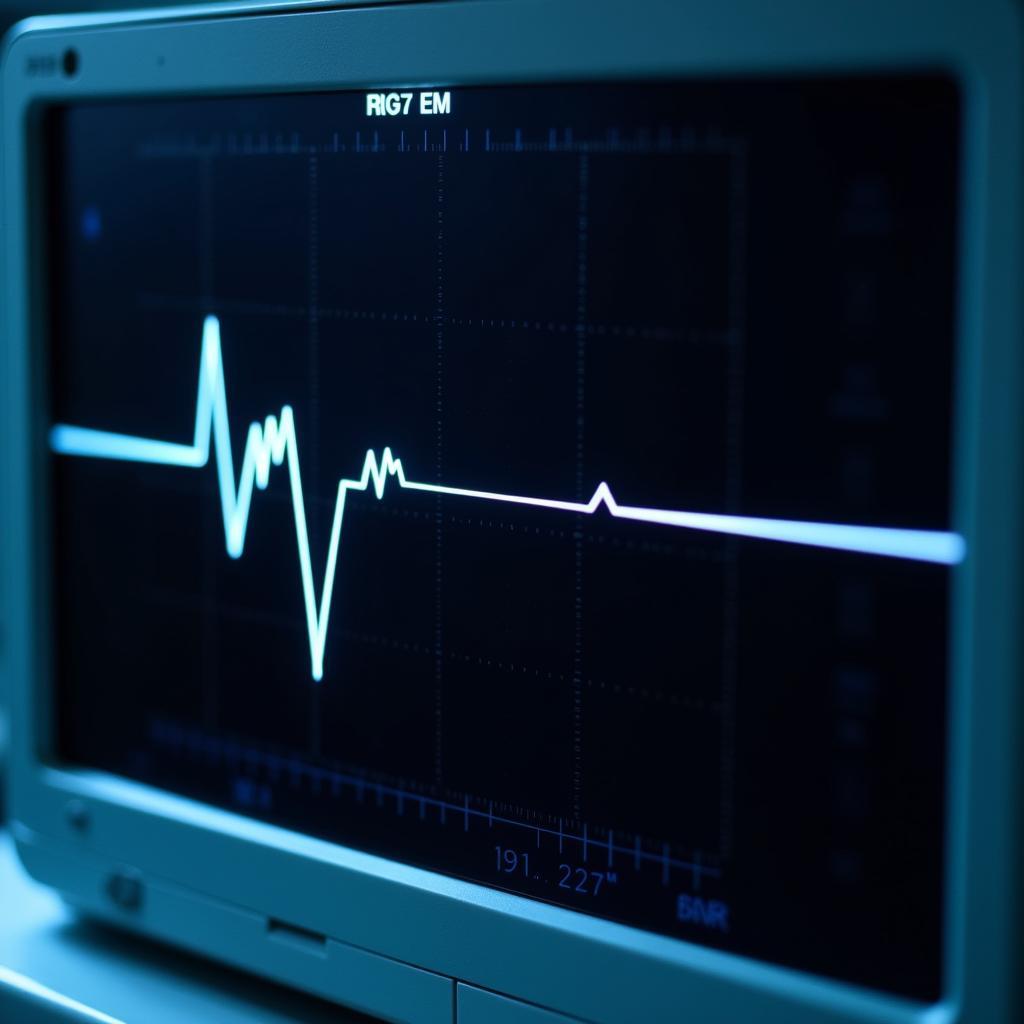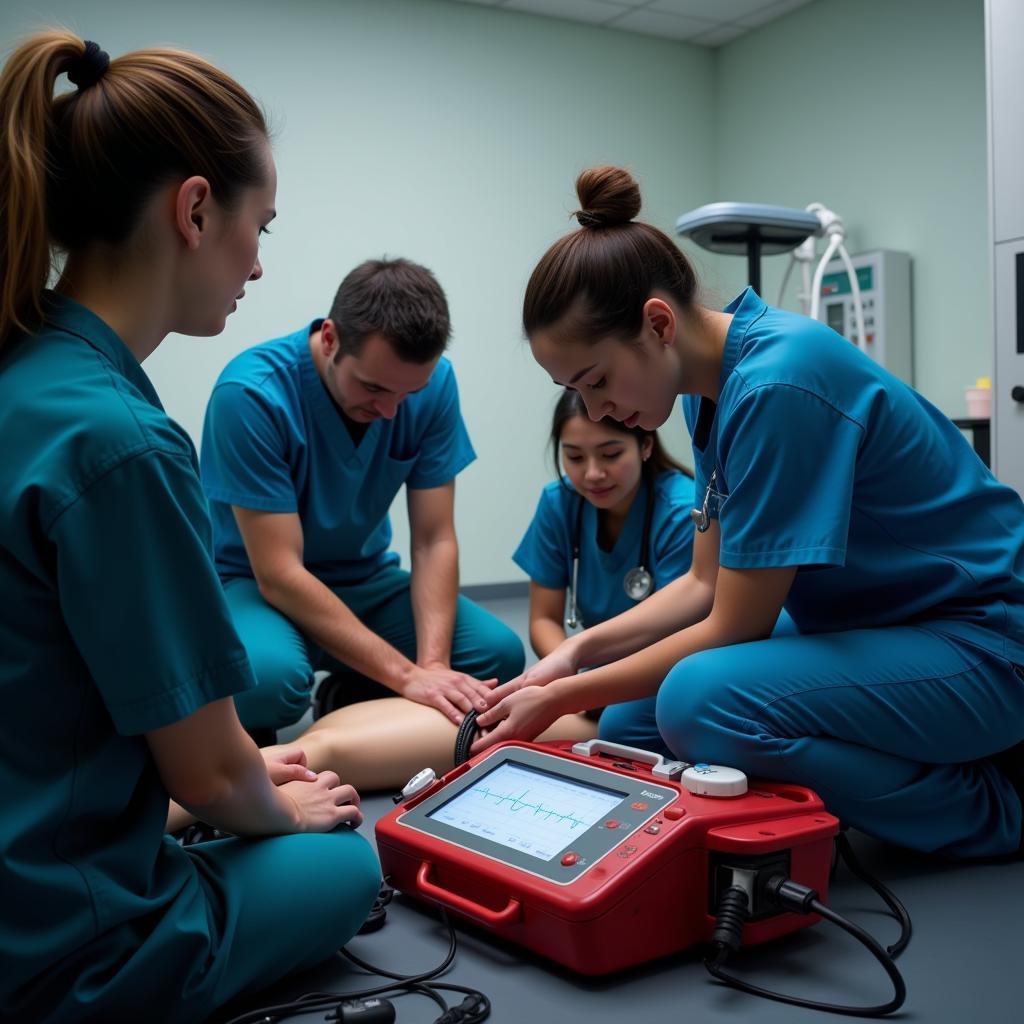The term “Flatline Machine” might sound like something straight out of a science fiction thriller, but its origins are rooted in a much more real and concerning phenomenon – the flatlining of vital signs in medical emergencies. This phrase often surfaces in discussions about medical equipment and emergency response, reflecting the critical role these machines play in life-or-death situations.
 Medical monitor displaying a flatline
Medical monitor displaying a flatline
Deciphering the Term: What Does “Flatline Machine” Imply?
While not a formal medical term, “flatline machine” is a colloquialism that typically refers to machines capable of monitoring vital signs, particularly those that display the electrical activity of the heart. This imagery of a “flatline” is instantly recognizable, signifying the cessation of heartbeat and breathing – a crucial indicator in determining clinical death.
However, it’s important to note that the term “flatline machine” can be misleading. It doesn’t denote a specific machine designed solely to detect flatlines. Instead, it broadly encompasses a range of medical devices used in emergency and critical care settings to monitor and display vital signs. These include:
- Electrocardiogram (ECG/EKG) Machine: This machine records the electrical activity of the heart, producing the familiar wave patterns that signal a heartbeat. The absence of these waves results in a flatline, indicating cardiac arrest.
- Patient Monitor: These comprehensive devices track multiple vital signs simultaneously, including heart rate, blood pressure, respiratory rate, and oxygen saturation. A flatline on the EKG component of the monitor indicates a medical crisis.
- Defibrillator: While primarily used for delivering an electric shock to restart the heart, defibrillators also monitor heart rhythm and would display a flatline if the heart stops beating.
 Emergency medical team using a defibrillator on a patient
Emergency medical team using a defibrillator on a patient
The Importance of “Flatline Machines” in Medical Emergencies
The ability to quickly and accurately assess vital signs is paramount in emergency medical situations. “Flatline machines” provide crucial information about a patient’s condition, allowing healthcare professionals to:
- Detect Cardiac Arrest: A flatline on the EKG is a clear indicator of cardiac arrest, a life-threatening condition requiring immediate intervention.
- Monitor Heart Rhythm: Continuous monitoring of the heart’s electrical activity allows for the early detection of arrhythmias or abnormalities that may precede a cardiac event.
- Assess Effectiveness of Resuscitation: These machines provide real-time feedback on the effectiveness of CPR and other life-saving measures, guiding medical professionals in their response.
Beyond the “Flatline”: The Future of Vital Signs Monitoring
The field of medical technology is constantly evolving, and the devices used to monitor vital signs are no exception. While the term “flatline machine” reflects a traditional understanding, new technologies are emerging that offer even more sophisticated and comprehensive monitoring capabilities.
From wearable sensors that track vital signs remotely to artificial intelligence algorithms that can predict medical emergencies, the future of vital signs monitoring is shifting towards greater accuracy, earlier detection, and more personalized patient care.
Conclusion
While the term “flatline machine” might conjure up dramatic images of medical dramas, it underscores the critical role of vital signs monitoring in healthcare. These machines provide the crucial information needed to identify and respond to life-threatening emergencies, playing a vital role in saving lives. As technology continues to advance, we can expect even more sophisticated tools that further empower medical professionals to deliver timely and effective care.





